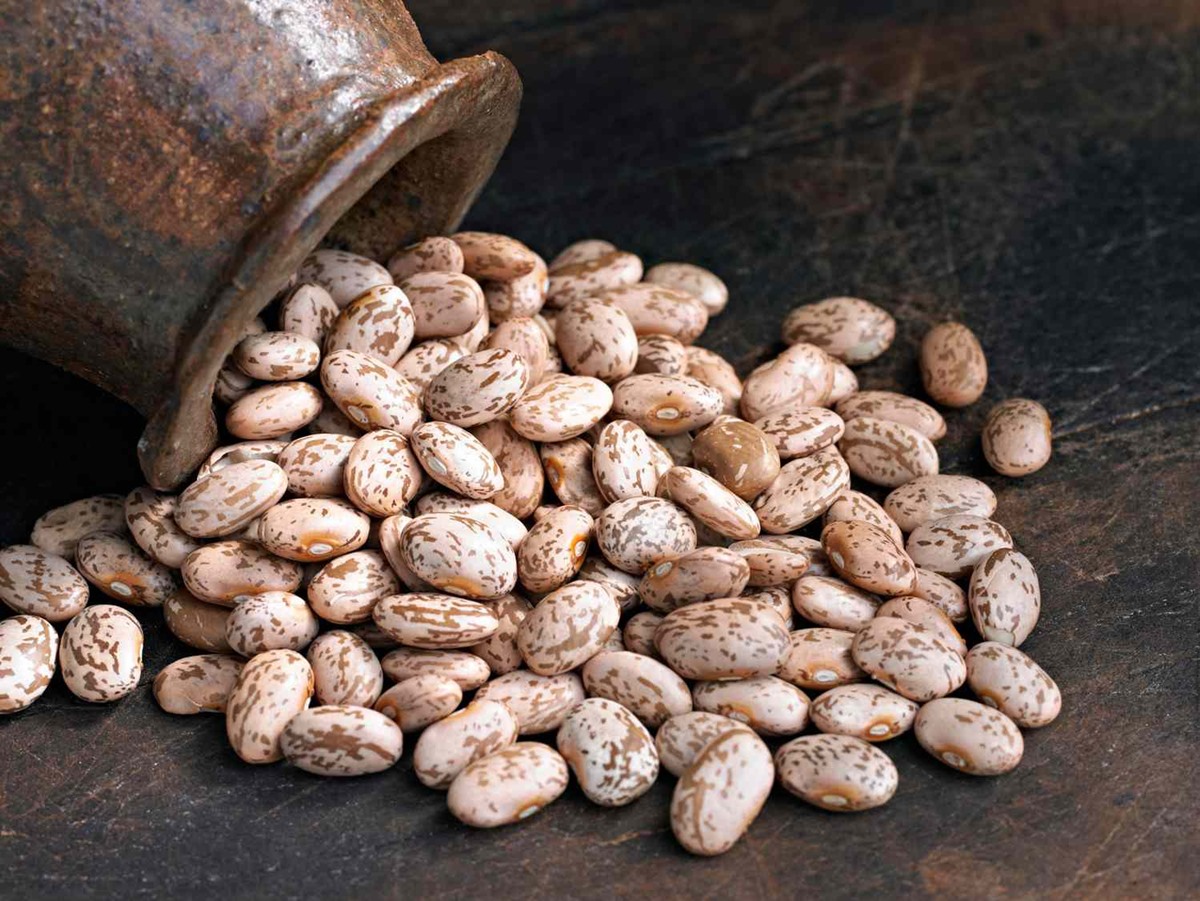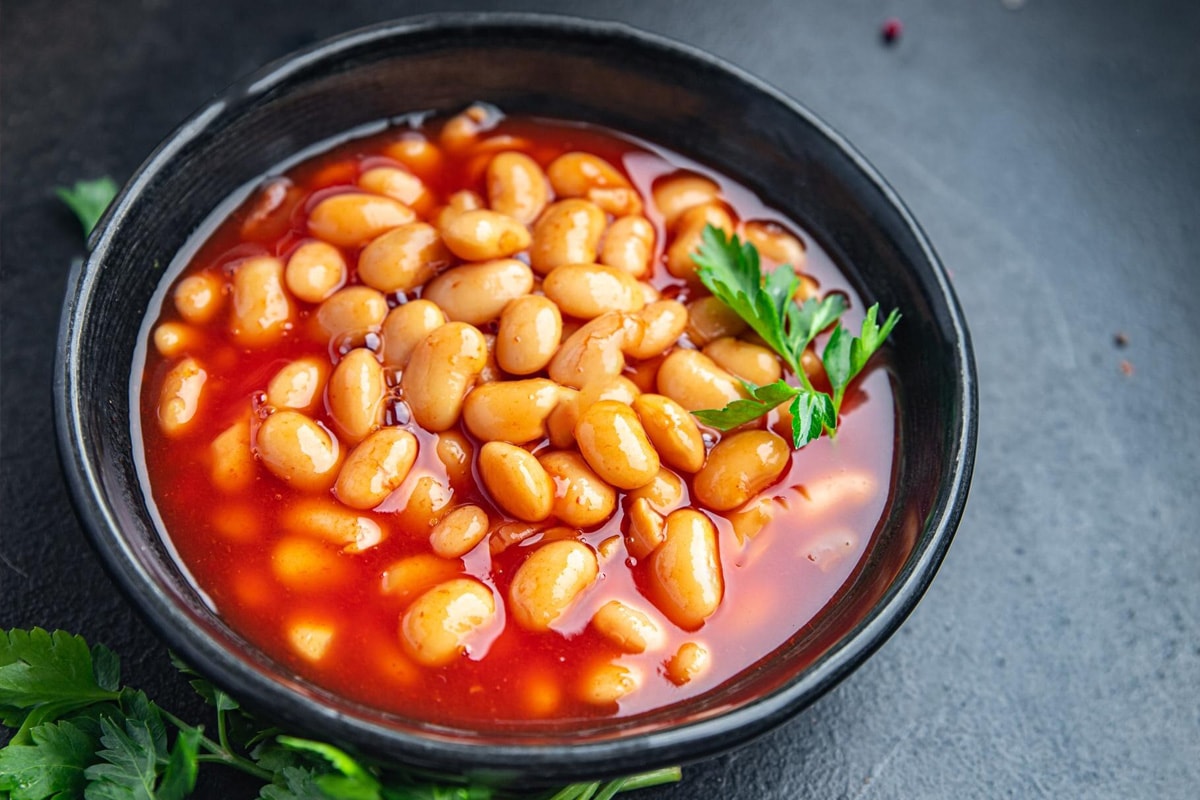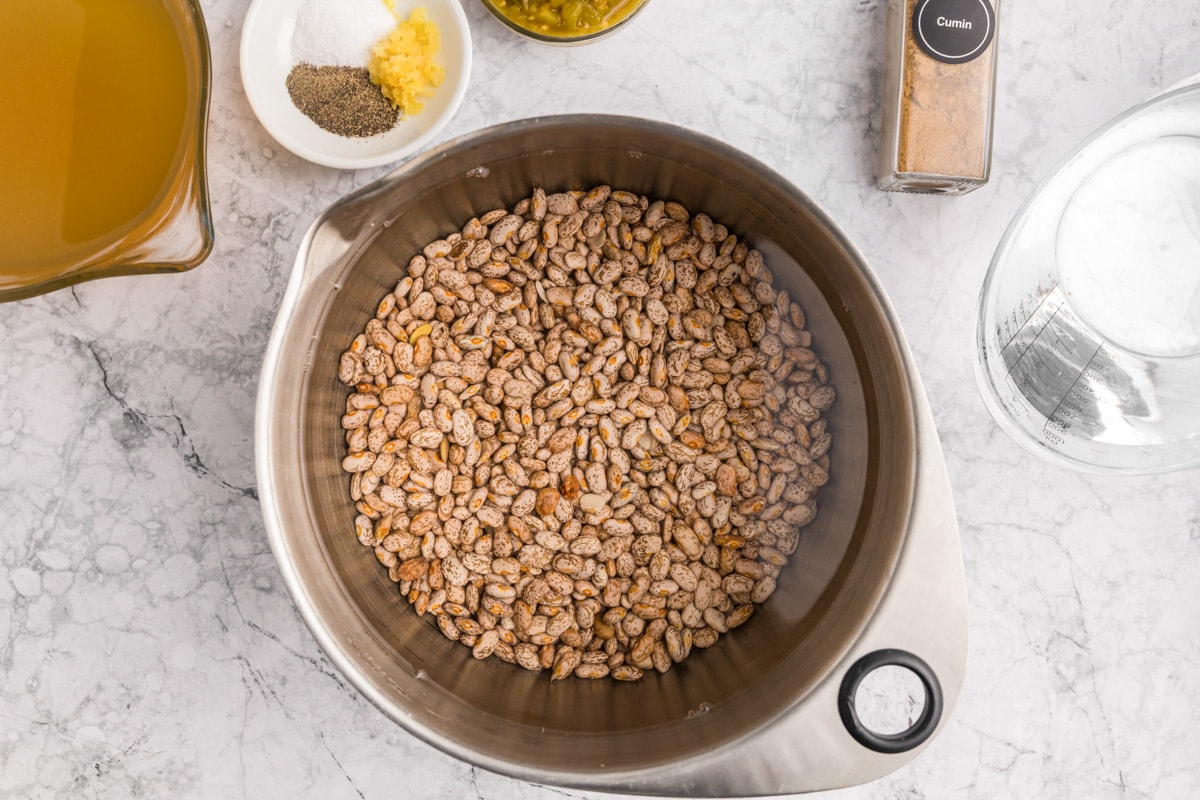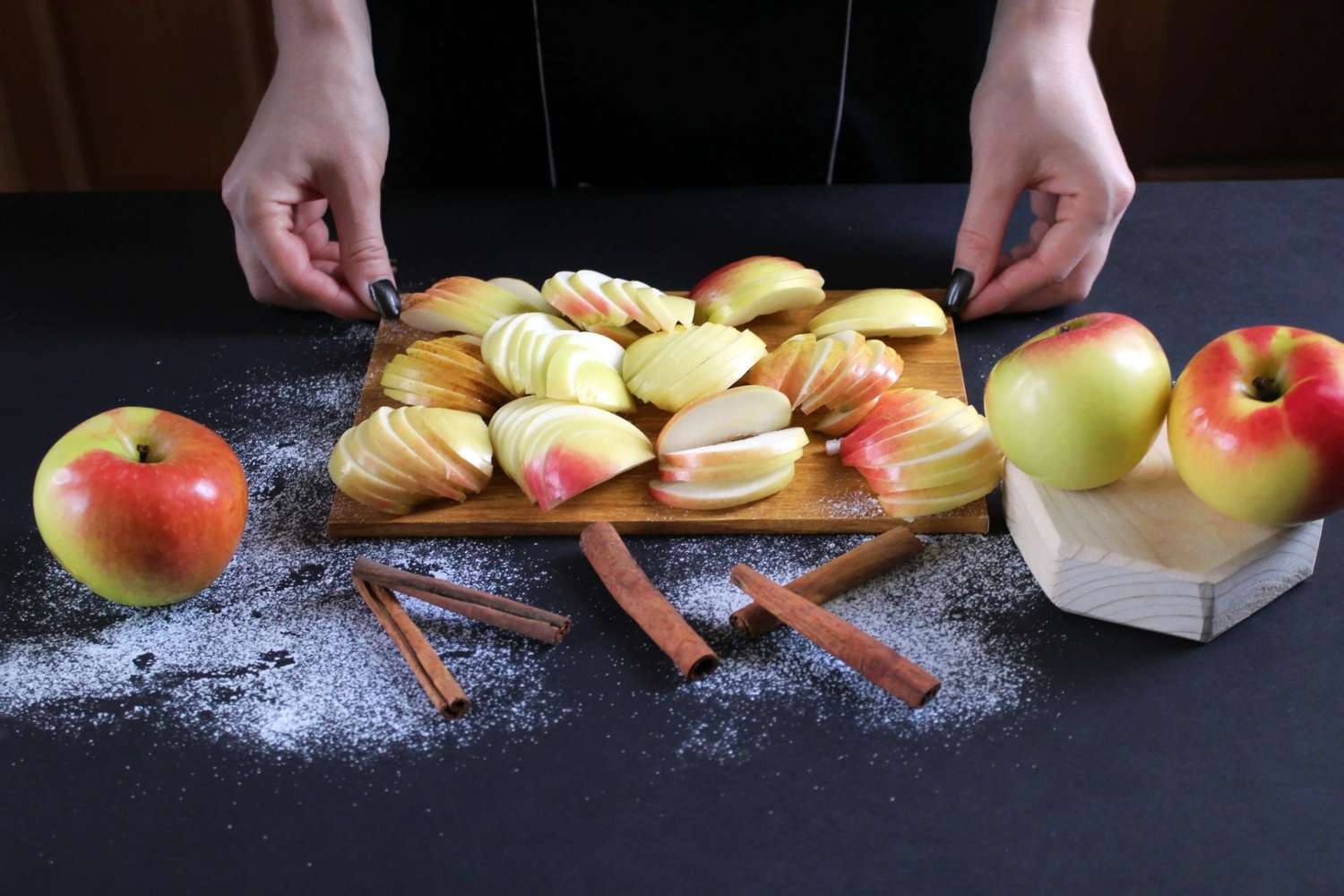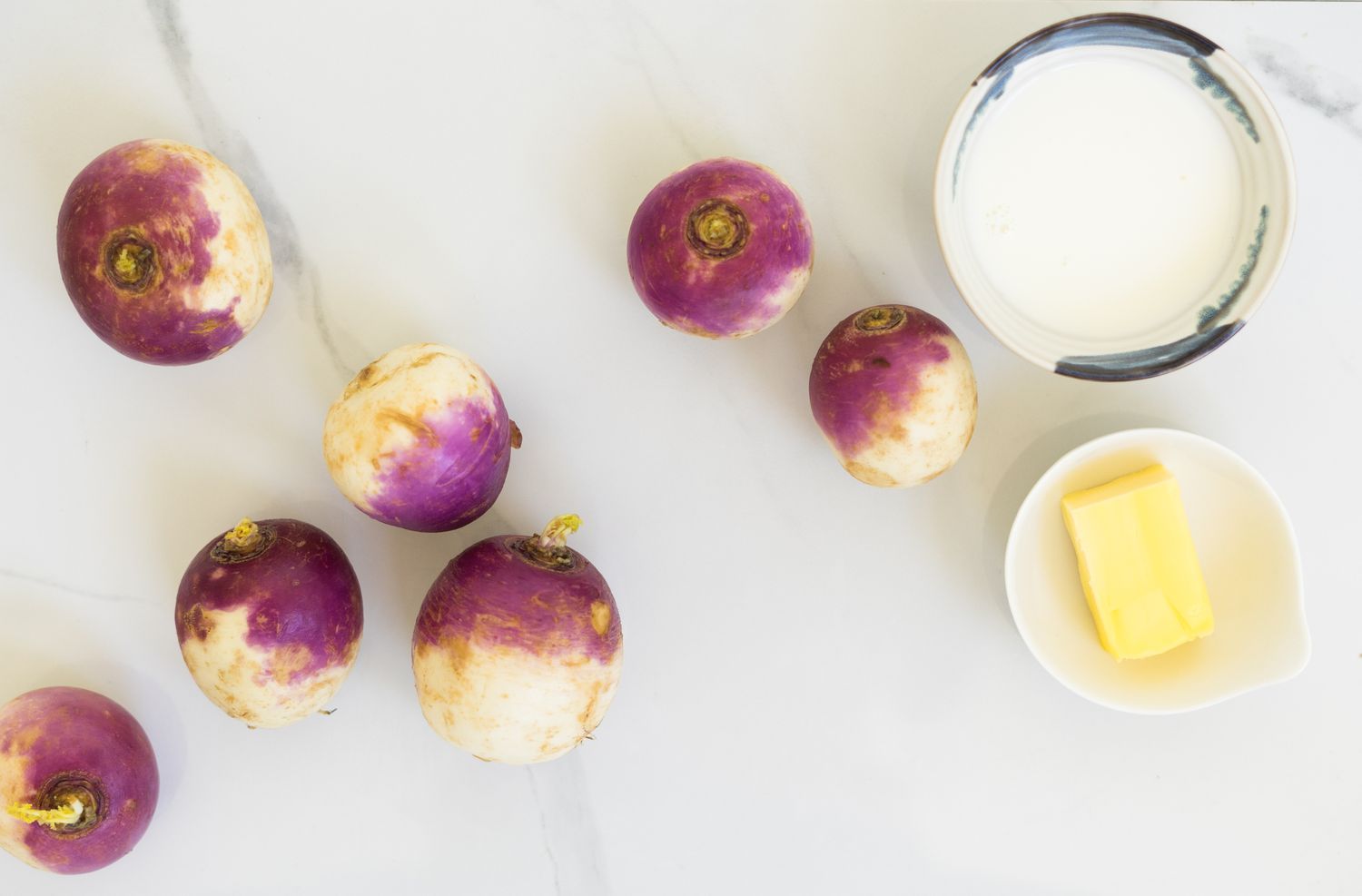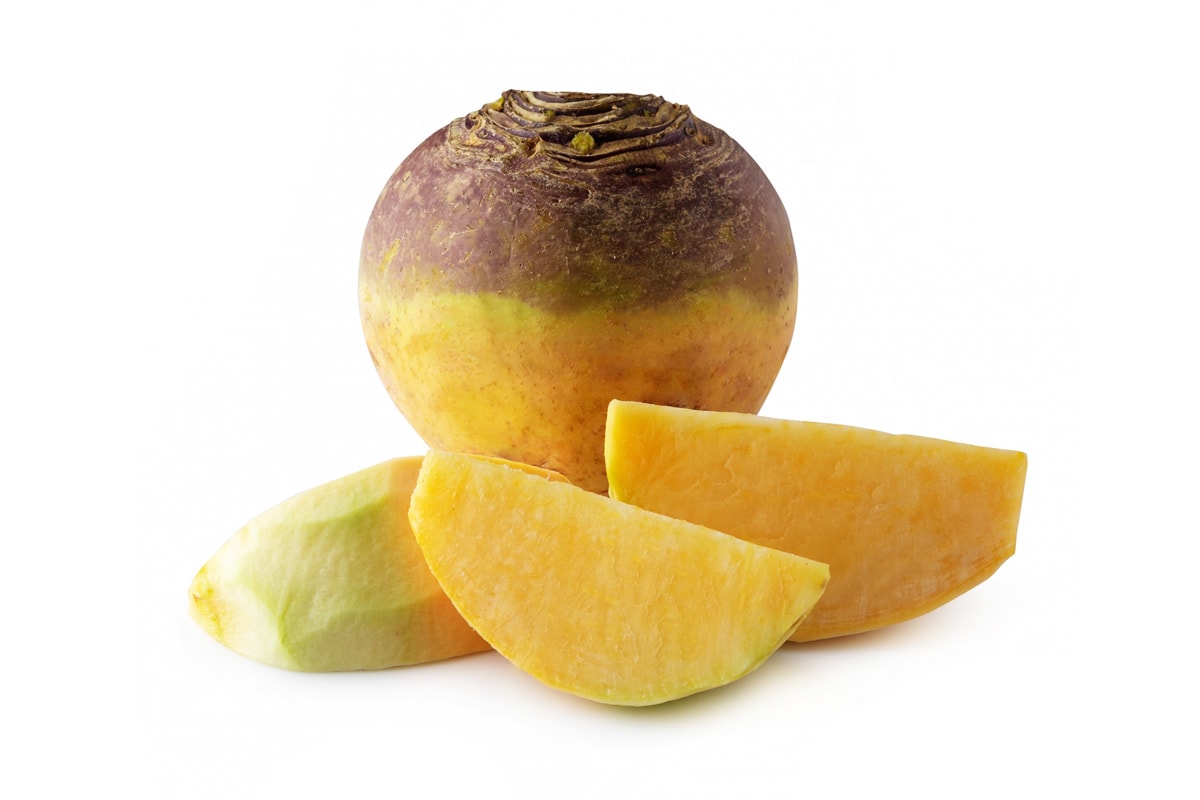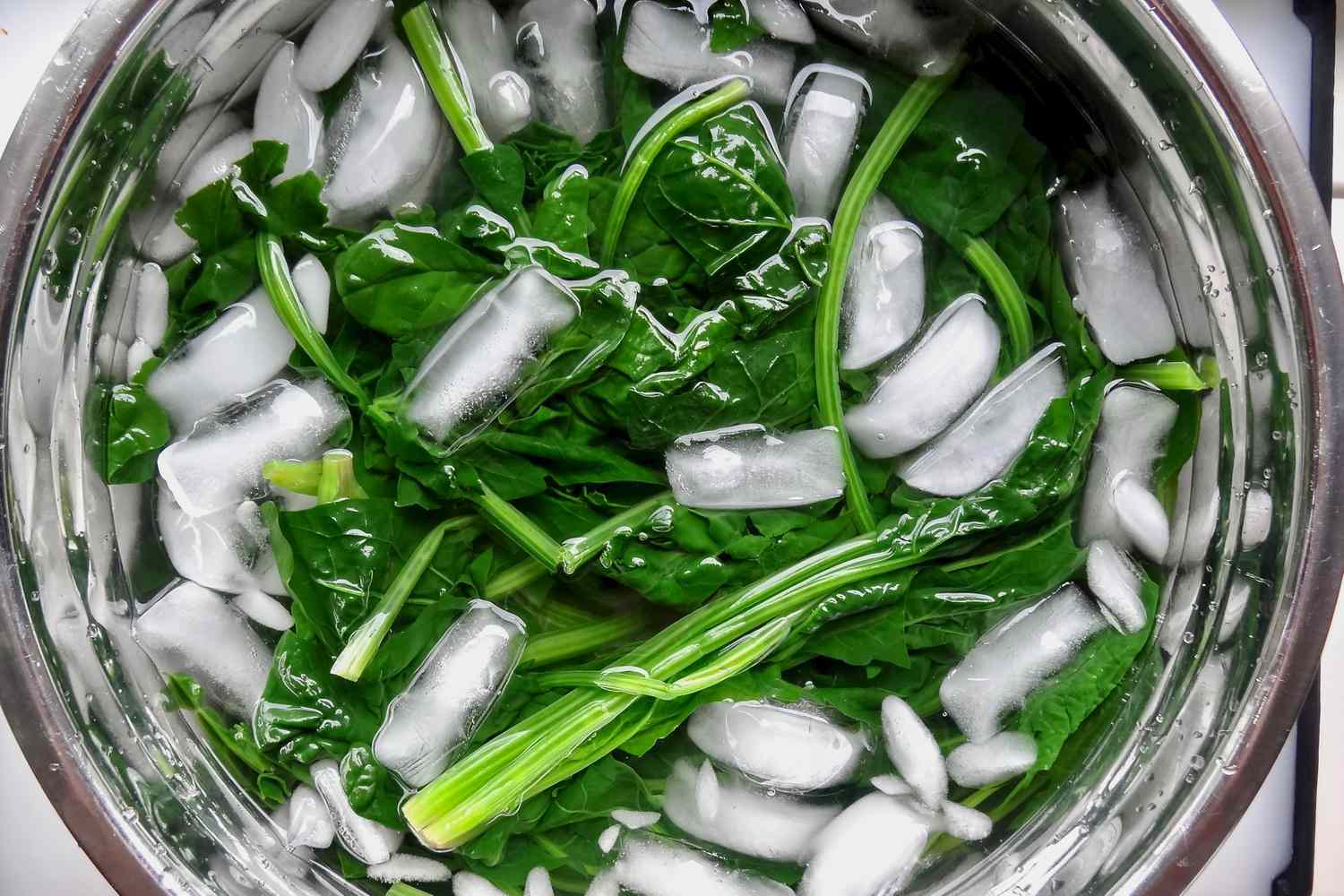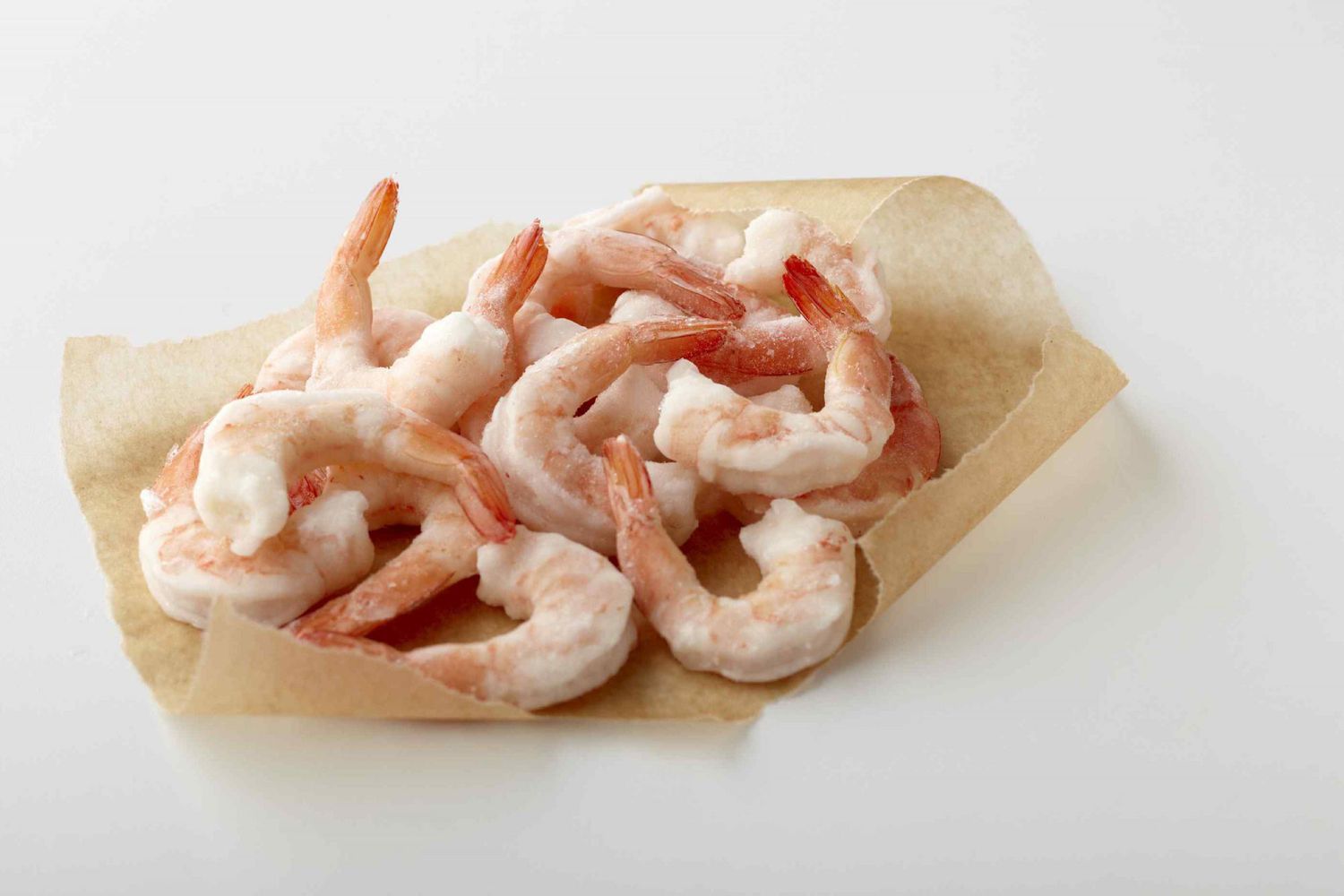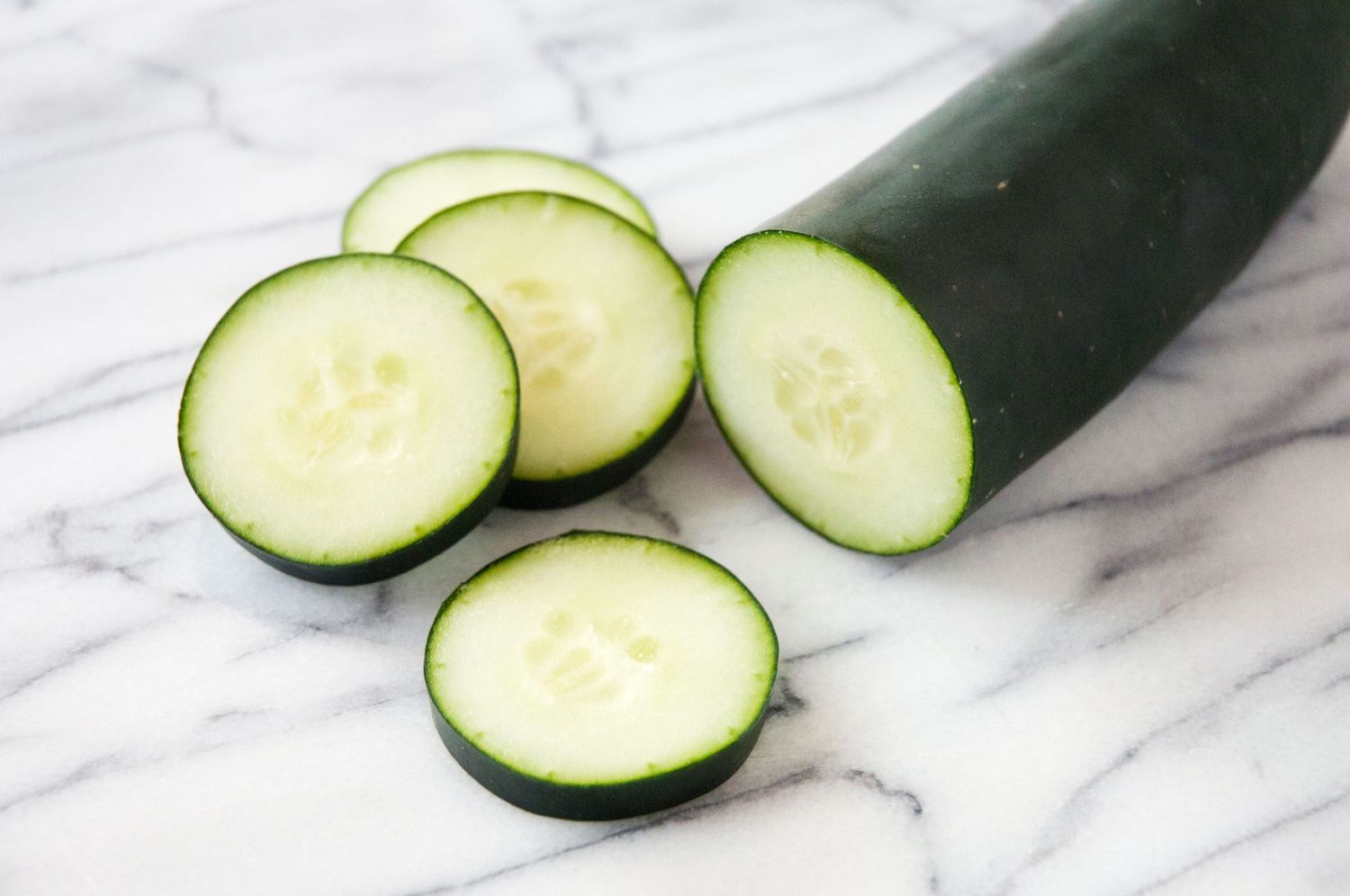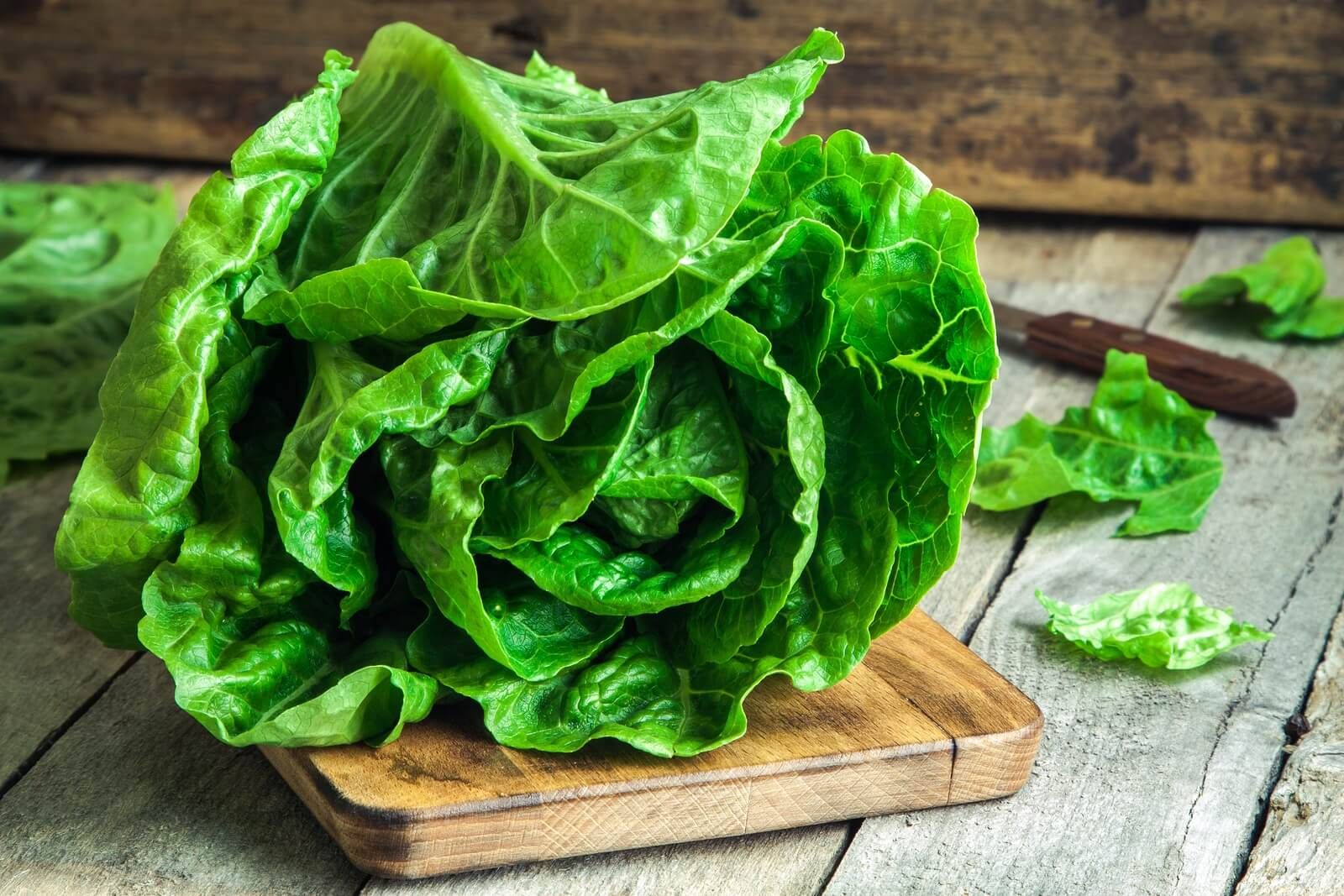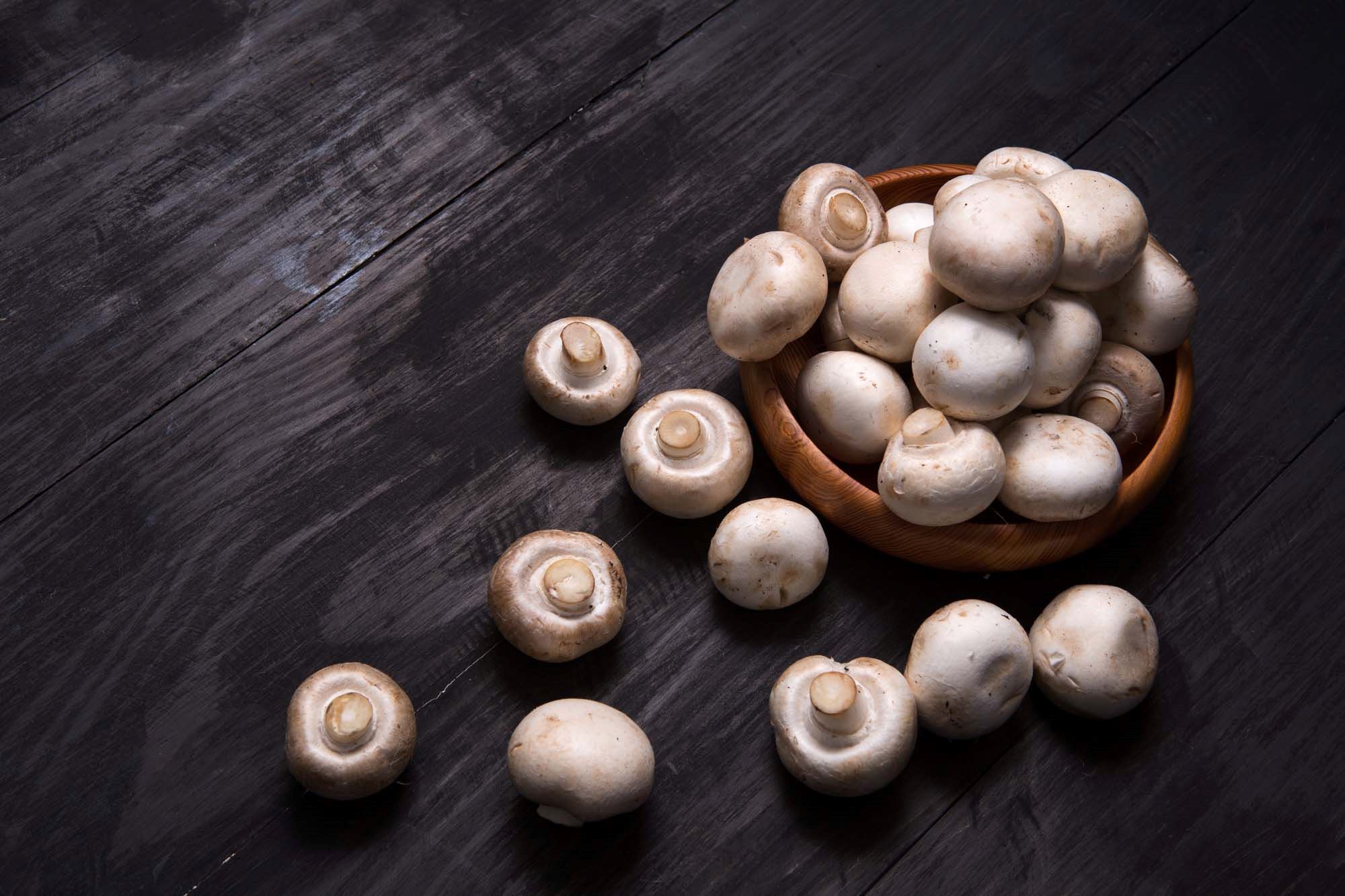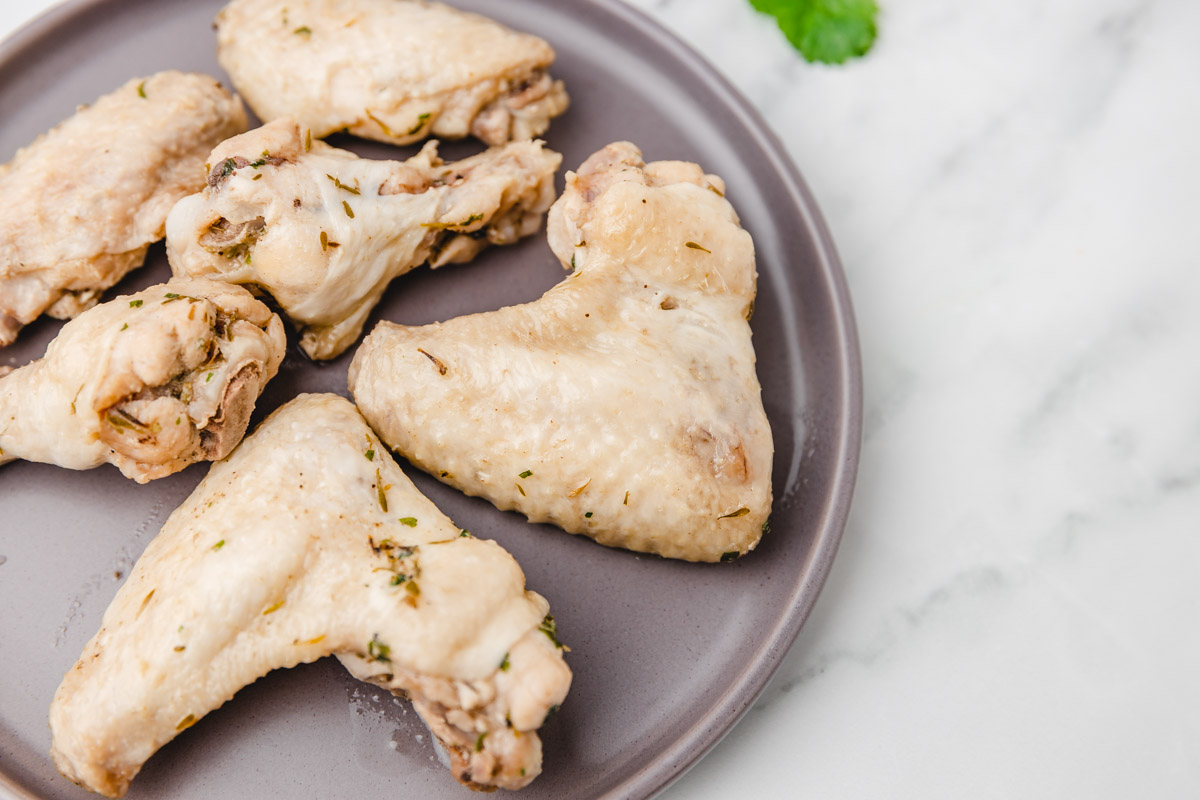Blanching Pinto Beans: A Step-by-Step Guide
Are you a fan of pinto beans? If so, you might be interested in learning how to blanch them. Blanching pinto beans is a simple process that can help enhance their flavor and texture. Whether you plan to use them in soups, salads, or other dishes, blanching can make a big difference in the final result. In this guide, we’ll walk you through the steps to blanch pinto beans at home.
What You’ll Need
Before you get started, gather the following supplies:
- Raw pinto beans
- Water
- Large pot
- Ice water bath
- Colander
Step 1: Sorting and Rinsing
Begin by sorting through the pinto beans to remove any debris or damaged beans. Once sorted, rinse the beans under running water to remove any dirt or impurities.
Step 2: Soaking
Place the sorted and rinsed beans in a large pot and cover them with water. Allow the beans to soak for at least 4 hours or overnight. Soaking helps to soften the beans and reduce their cooking time.
Step 3: Blanching
After soaking, drain the beans and transfer them to a pot of boiling water. Let the beans boil for 2-3 minutes to blanch them. Blanching helps to partially cook the beans and preserve their color and flavor.
Step 4: Cooling
Once the beans have been blanched, immediately transfer them to an ice water bath. This will stop the cooking process and help the beans retain their texture and color.
Step 5: Draining
After the beans have cooled in the ice water bath for a few minutes, drain them in a colander to remove any excess water.
Using Blanched Pinto Beans
Now that your pinto beans are blanched, you can use them in your favorite recipes. Whether you’re making a hearty bean soup, a fresh bean salad, or a flavorful bean dip, blanched pinto beans can add a delicious and nutritious touch to your dishes.
Blanching pinto beans is a simple yet effective way to prepare them for cooking. By following these steps, you can enjoy perfectly blanched pinto beans in your culinary creations. So, why not give it a try and elevate your bean dishes to the next level?
For those looking to try their hand at blanching pinto beans, there are several delicious recipes to consider. Start with Pinto Bean Chili to enjoy a hearty and warming meal. If you're in the mood for something lighter, Pinto Bean Salad offers a fresh and tasty option. Pinto Bean Enchiladas are perfect for those who love a bit of spice and want to experience a burst of flavors. For a quick and easy snack, Pinto Bean Dip is a must-try. Lastly, Pinto Bean and Rice is a simple yet satisfying dish that pairs beautifully with any main course. These recipes will not only help you practice blanching pinto beans but also expand your culinary repertoire.
